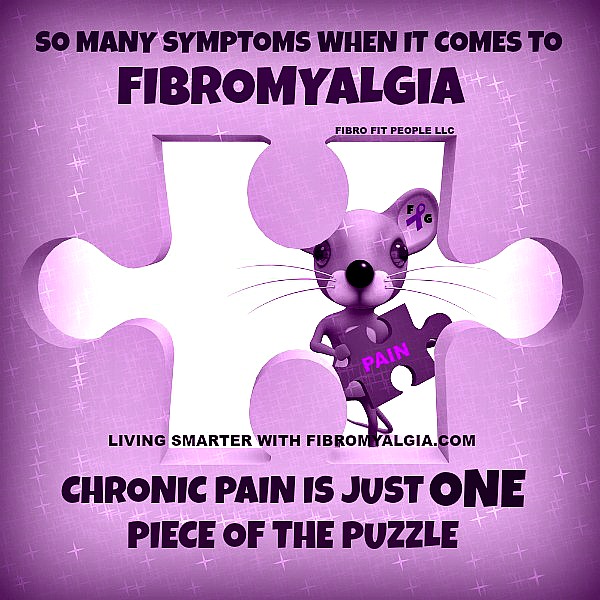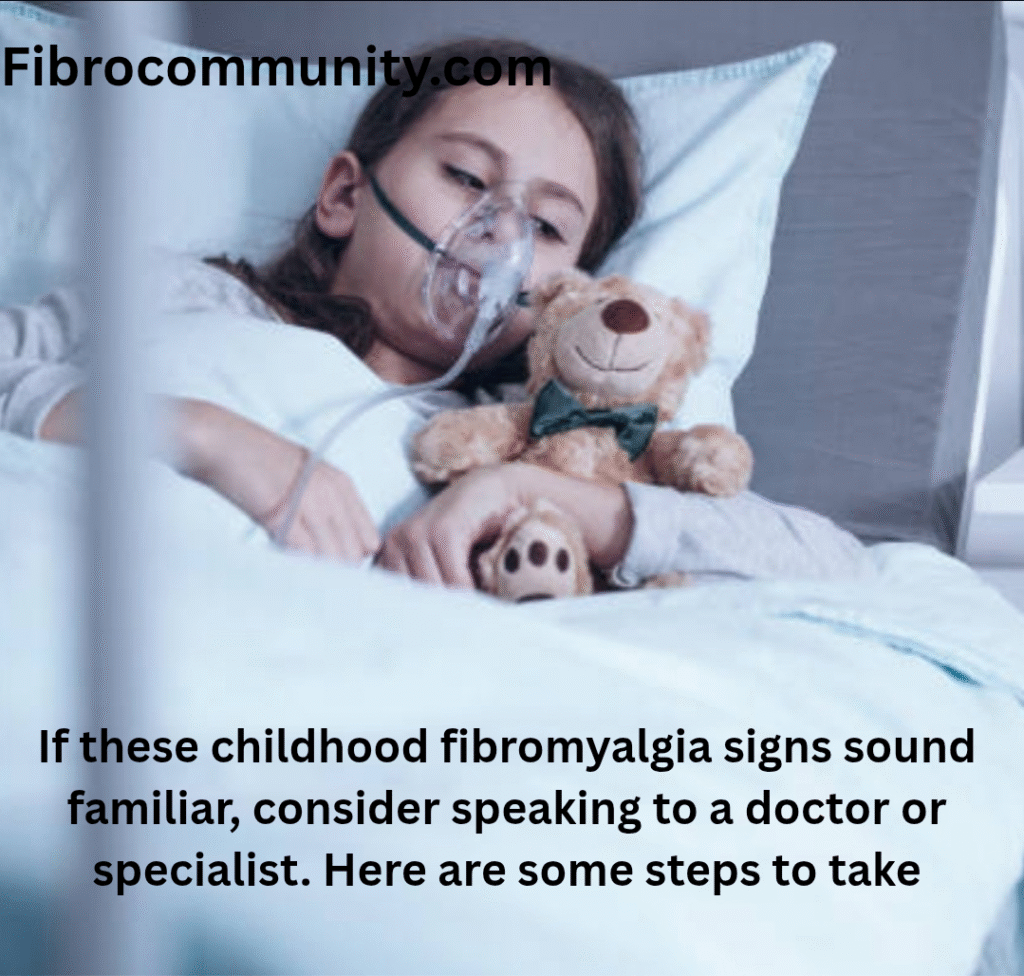First, it is important to know that fibromyalgia is characterized by wide-spread muscle pain and specific tender areas of the body.
However, it doesn’t stop there, because fibromyalgia affects multiple systems of the body, including the nervous system, endocrine system, and the immune system.
The brain and GI tract are often involved as well.
One of the hallmarks of fibromyalgia is a dysfunction in the Central Nervous System.
This dysfunction can cause a fibro body to react to things like lights, sounds, toxins, odors, and more.
This can cause a lot of physiological stress internally, which often translates to symptoms throughout different areas of the body.
You may often hear that Fibromyalgia is the result of “over active” nerves.
Trigger points can also exacerbate symptoms in fibromyalgia by their presence in and around muscles and connective tissue.
The endocrine system can become challenged due to the stress on thyroid and adrenal glands.
The immune system is also working overtime, often times due to the primary co-conditions that affect immune status.
This is why people with fibromyalgia often describe fibromyalgia as not just living with chronic pain, but like living with a flu 24/7.
Read more here. The first section describes what Fibromyalgia Is Not. The second section goes into greater detail about what Fibromyalgia IS and includes a link to our Interactive Symptoms List.

What Fibromyalgia is Not
People often ask “What is fibromyalgia?”
They simply don’t understand what this diagnosis means, so let’s jump right to the second part of this question first.
Fibromyalgia is not just a reason to complain.
It isn’t an excuse not to work or to get out of other responsibilities by choice. It isn’t a source of pain that comes and goes at the persons discretion.
While these are the opinions sometimes held by people who don’t believe in or understand fibromyalgia, this is a medical condition that impacts multiple systems of the body.
Fibromyalgia is not an illness merely associated with mid life, as in the every day aches and pains of getting older. No, it is much more complex than that. In fact, many of us have lived with symptoms since a young age.
In my case, symptoms started at the age of 9, now 55, with severe chronic migraine, MCS and later progressing to fibromyalgia.
We believe that we must look at all potential toxins, traumas and exposures in early life. Toxic exposures that can actually create a greater propensity to developing fibromyalgia or any auto immune condition.
Fibromyalgia is not what you see depicted in TV commercials.
These ads and commercials do not even begin to accurately depict the complexity of fibromyalgia. They cannot, because if they did, they wouldn’t be able to promote their medications for it.
So in a sense, they are simplifying their portrayal of fibromyalgia in order to continue to sell medications for fibromyalgia.
No, living with fibro is not as easy or simple as taking a pill and getting on with your life. In fact, many of us have severe reactions to medications and the side effects only exacerbate symptoms already present.
Fibromyalgia is not muscle strain in one area of the body from “over doing”
We do not have fibro in just one area of the body.
Yes, I have heard it before. People self-diagnose and say they have fibro in their legs or shoulders or wherever. No, it doesn’t work like that.
For instance, many people can have trigger points around muscles and connective tissue, and these can become activated through a stress or strain.
But with fibromyalgia, we have a combination of tender areas, trigger point areas and symptoms in multiple systems. So even a “soft trauma” can activate the nervous system in fibro, unlike other conditions.
Fibromyalgia does not often stand alone. Many of us live with its primary co-conditions, CFS/ME (Myalgic Encephalomyelitis) and MCS (Multiple Chemical Sensitivity) More information can be found throughout our site on these co-conditions.
Fibromyalgia and these co-conditions can make keeping up with daily life challenging, but those suffering from the pain and symptoms of fibromyalgia would give anything to make it go away.
They would gladly take on more responsibility, and they dream of a day when they can guarantee never to miss another important event in the lives of those they love.
Read more here on Diagnosis For Fibromyalgia
What is Fibromyalgia?

Fibromyalgia is considered a wide-spread musculoskeletal pain condition, even though it also affects many systems of the body. One of those primary systems is the Central Nervous System.
With fibromyalgia, it can feel like the body is always on alert.
Within our website here, we address the many systems and areas of the body affected, from the muscles and joints to the gastrointestinal tract and brain.
Fibromyalgia impacts the immune and nervous system to the endocrine system as well. It can impact any of your body’s more vulnerable areas such as tender areas around the neck and lower back, trigger points in the upper back, to the muscles and bones and the various systems including the endocrine, nervous and immune system.
For greater accuracy, we list some of the secondary symptoms within primary symptom links in our Symptoms List.
Some people consider depression, anxiety, and other mental illnesses a direct symptom of the condition that is just as real as the pain. It’s more likely a consequence of the illness because living with fibromyalgia is stressful.
Too often, symptoms in fibromyalgia can be “activated” from external sources that we are not always in control of. This might lead to a few hours of increased pain or to an extended flare, lasting days or weeks.
With the absence of a cancer tumor, surgical intervention, or even medical scans showing something physically wrong with the body, it’s difficult for some people to realize how much pain is endured by fibromyalgia sufferers.
Many sufferers don’t receive the support and care that they need from loved ones, and even with that support, this is a condition that takes a mental, physical, and social toll.
Ruling Out Other Options/The Good and the Bad
It is important to determine what is fibromyalgia and what is not. You can visit your doctor frequently with severe pain, stiffness, aching muscles, tingling, burning and extreme fatigue, and they may routinely tell you that there is nothing wrong with you.
They may pick up on some inflammation in your body, but they often can’t determine where it’s coming from. A diagnosis of fibromyalgia typically comes after a lot of testing because you must rule out other medical conditions first.
This is why fibromyalgia is often considered an invisible illness. It’s clearly there, but like many other conditions, you cannot see the pain, you cannot always “see” the symptoms we are experiencing. It’s a chronic illness that can lead to consistent pain and discomfort.
It may also come and go with flare-ups sparking at unexpected and very inconvenient moments. It can be completely debilitating, even when the sufferers want nothing more than to enjoy an active, healthy life.
The good and the bad. You feel good when you are not diagnosed with a life threatening illness. Other testing comes up negative. However, you can feel just as bad when the doctor looks at you like everything is fine. Why don’t you feel fine?
You know that something is not right. This is often the beginning of the journey. You will work with your doctor where you need to, but you will also know that there will be areas of your health that you need to take into your own hands.
We want you to better understand fibromyalgia and all of the symptoms, but at the same time, it can be dangerous to attribute every symptom to fibro. With all of our specific articles on fibromyalgia symptoms, we offer solutions to help you create a better quality of life, but never false cures or cover ups. See, it is important to know what is happening in our bodies. Why am I having this pain? What is triggering a particular symptom?
reference<https://www.living-smarter-with-fibromyalgia.com/what-is-fibromyalgia.html?fbclid=IwAR1X5xuv-6OfAx6BefFlO8XfuTy9FO3KGwa_9edsC5bh6Gn3Y2H_41C8AOo



